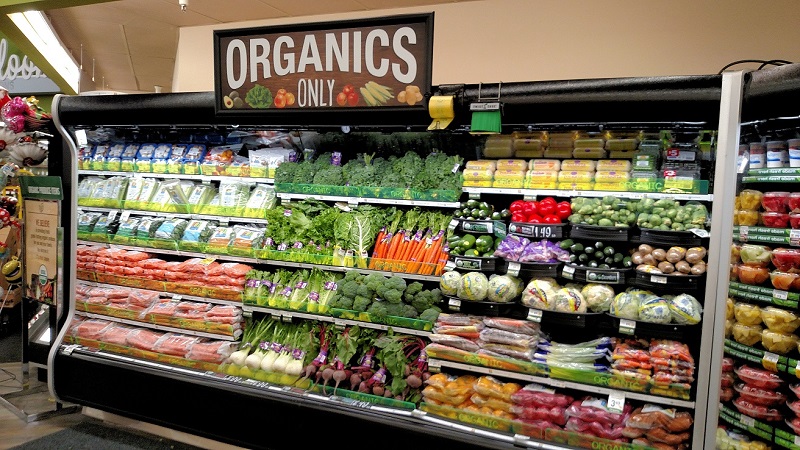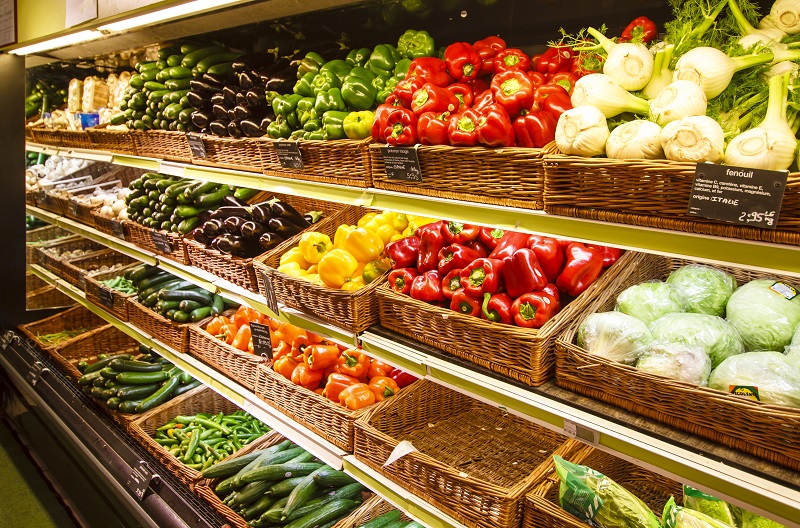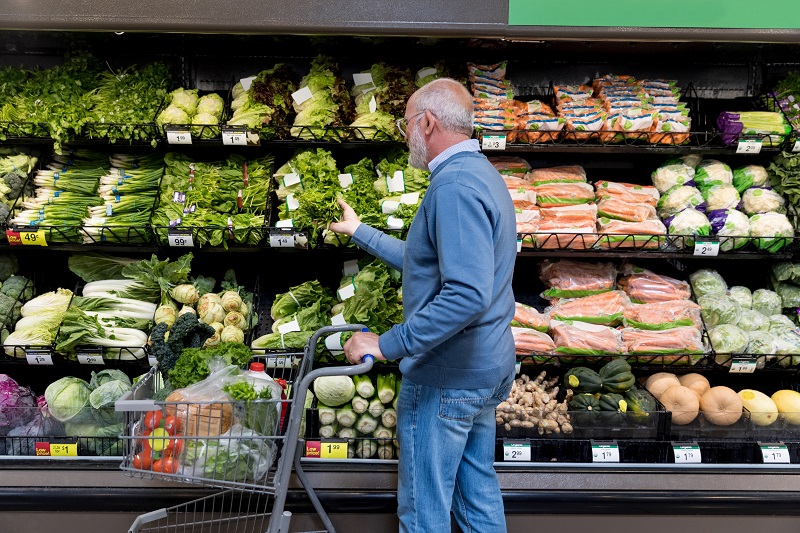Let’s face it—consumers have more information available to them than ever these days when it comes to grocery shopping. They have become better educated about healthy eating through TV food shows, social media, grocery store apps, and in-store sampling.
Consumers also became more knowledgeable about eating healthier foods during the recent pandemic, and many were drawn to the organic produce sections in grocery stores. A great number of shoppers were new to organic offerings, having little to no knowledge of the category or its benefits. The one detail that they did notice was the pricing difference of organic items compared to their conventional counterparts.
Pricing is a partial handicap in drawing non-organic shoppers over to the category. Those shoppers need to learn why organic produce pricing can be higher and understand the benefits it gives in return. Until they fully understand all the benefits, however, getting consumers to step over the line will continue to be a big challenge, and our industry has an obligation to further educate them about the positive facts of organically grown fresh produce.
Consumers ... became more knowledgeable about eating healthier foods during the recent pandemic, and many were drawn to the organic produce sections in grocery stores.
There are a handful of reasons why many consumers prefer organic produce, with the top two being to avoid pesticides and for environmental concerns. These are dedicated organic consumers who have organic produce items on their shopping lists every grocery store visit.

At the same time, there are many consumers who are convinced of the benefits of organic produce but make only occasional purchases of a few items. They hold back from becoming regular devoted organic customers because of the higher retail prices.
There are a handful of reasons why many consumers prefer organic produce, with the top two being to avoid pesticides and for environmental concerns.
There are four levels of customers when it comes to organic produce, each with different characteristics and decision-making processes.

- Level 1 - The Traditional Customer. These dedicated shoppers are always fully committed to buying only organic produce. They stay clear of pesticides and additives, avoid GMOs, want healthier nutrition, and prefer environment friendly products regardless of price.
- Level 2 - The Novice Customer. There are many individuals who are learning more about organic produce's benefits and are switching over to the category. Many are millennials who prefer a healthy lifestyle and want cleaner and safer food in their diets.

- Level 3 - The Dawdling Customer. You have heard of them. They are the procrastinators who always say, "I'll think about it." But that thinking usually doesn't lead to any significant change. Even after explaining all the advantages of organic produce, they stall for time and eventually put it off.
- Level 4 - The Adverse Customer. The adage "a leopard can't change its spots" is unfortunately true with some shoppers. There will always be individuals who just will not change, especially with the trends. This type of customer is reluctant to come over to the organic side no matter how much its benefits are stressed.
So how can produce departments approach these differing customer types? How can we get them all on the same organic page? The truth is that we cannot.
There is a way to increase organic produce sales using the existing customer retention rule. The rule simply stated is this: "It's much easier and costs less to sell more product to existing customers than to overspend targeting new customers."
For this reason, it makes more sense to promote and sell incremental amounts of organic produce to the Levels 1 and 2 customers rather than spend more money chasing down Levels 3 and 4 and gaining very little or nothing in return.
"It's much easier and costs less to sell more product to existing customers than to overspend targeting new customers."
Concentrate on your prime customers first, your novice customers second, your borderline customers third, and the rest of the population last. In other words, apply your energy towards selling more organic apples to those who like organic apples rather than to those who don't.






